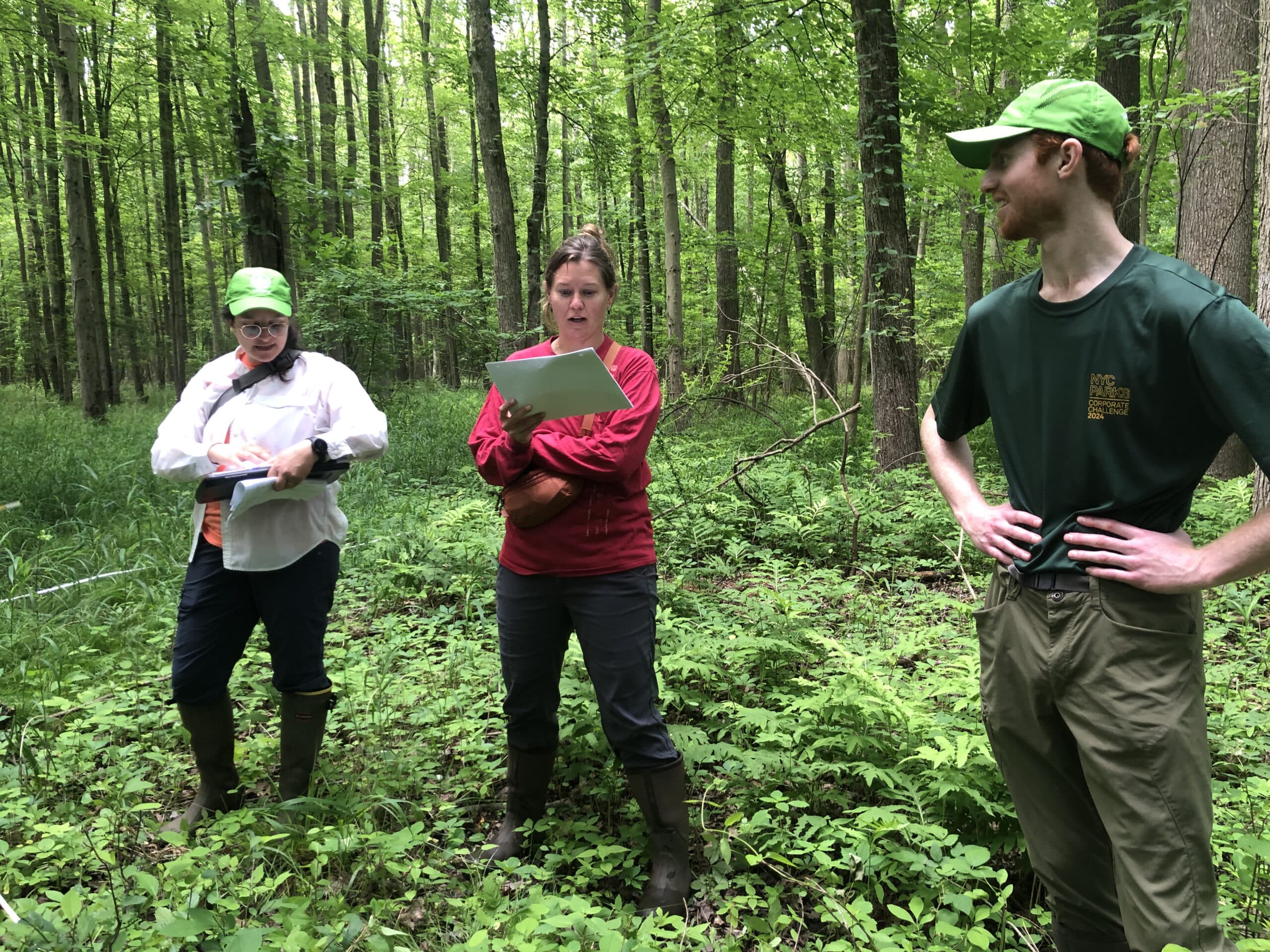How healthy are NYC forests and wetlands? Decade-old data is about to get a refresh!
By Natural Areas Conservancy on July 09, 2024

By Natural Areas Conservancy on July 09, 2024

 By Mormei Zanke, Communications Manager
By Mormei Zanke, Communications Manager Much can transpire in a decade, especially in a place like New York City. Your favorite bodega is now a boutique candle store. The café on the corner where you used to get your morning coffee has transformed into a 10-story apartment complex. But what about the city’s natural areas? Changes to these areas may be less obvious, but over time our natural area ecosystems change too. But, by how much exactly? That’s where an Ecological Assessment (EA) comes in.
Back in 2013, the Natural Areas Conservancy and NYC Parks began the first ever EA to assess the ecological conditions of 10,000 acres of forest, saltmarsh, and freshwater wetlands in NYC.
The data collected was specific for each of these ecosystem types and included information on plant and/or fauna species and abundance in all ecosystem types; elevation, erosion, and shear strength in salt marshes; downed woody material in forests and freshwater wetlands, among many other attributes.
What impact did this data have?
Now, in 2024, we are commencing a second data collection and analysis effort with the goal of refreshing our forest, saltmarsh, and freshwater wetland datasets so we can determine if changes have occurred over the last decade, and the magnitude of these changes.
Stay tuned for more information this summer on the Ecological Assessment 2.0!
Curious to learn more about the NAC’s work? Check out our latest research.